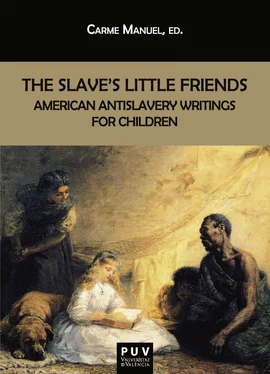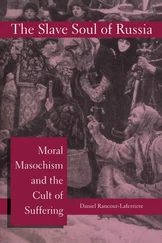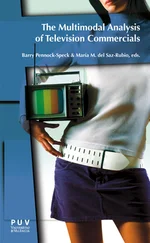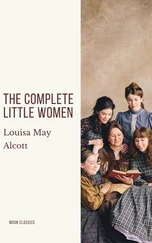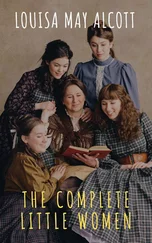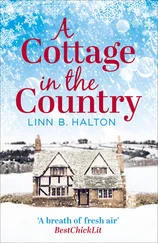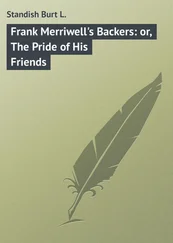——. “‘I am your slave for love’: Race, Sentimentality, and Harriet Beecher Stowe’s Fiction for Children.” Enterprising Youth: Social Values and Acculturation in Nineteenth-Century American Children’s Literature . Ed. Monika Elbert. New York and London: Routledge, 2008. 97-113.
Gleadle, Kathryn & Ryan Hanley. “Children Against Slavery: Juvenile Agency and the Sugar Boycotts in Britain.” Transactions of the Royal Historical Society 30 (November 2020): 97-117.
Gonzalez, Aston. Visualizing Equality: African American Rights and Visual Culture in the Nineteenth Century . Chapel Hill: University of North Carolina, 2020.
Goddu, Teresa. “U.S. Antislavery Tracts and the Antislavery Imagination.” The Cambridge Companion to Slavery in American Literature . Ed. Ezra Tawil. Cambridge, New York: Cambridge University Press, 2016. 32-54.
——. “ The Antislavery Almanac and the Discourse of Numeracy.” Book History 12 (2009): 129-155.
Gould, Philip. Barbaric Traffic: Commerce and Antislavery in the Eighteenth-Century Atlantic World . Cambridge, Massachusetts, and London: Harvard University Press, 2003.
Gray, Janet. Race and Time: American Women’s Poetics from Antislavery to Racial Modernity . Iowa City: University of Iowa Press, 2004.
Gudgeirsson, Meg Elizabeth. Perfect Child, Perfect Faith: Raising Children in NineteenthCentury Religious Communities . Thesis. 2016. https://escholarship.org/uc/item/88n1z6z3
Gupta, Gunja San. “Black and ‘Dangerous’?: African American Working Poor Perspectives on Juvenile Reform and Welfare in Victorian New York, 1840-1890.” The Journal of Negro History 86.2 (Spring 2001): 99-131.
Halttunen, Karen. “Humanitarianism and the Pornography of Pain in Anglo-American Culture.” The American Historical Review 100.2 (April 1995): 303-334.
Harrington, Carol. Politicization of Sexual Violence. From Abolitionism to Peacekeeping . Farnharm: Ashgate, 2010.
Hartman, Saidiya V. Scenes of Subjection: Terror, Slavery, and Self- Making in Nineteenth- Century America . New York: Oxford University Press, 1997.
Hansen, Debra Gold. “The Boston Female Anti-Slavery Society and the Limits of Gender Politics.” The Abolitionist Sisterhood: Women’s Political Culture in Antebellum America . Ed. Jean Fagan Yellin and John C. Van Horne. Ithaca, New York: Cornell University Press, 1994. 45-65.
Haywood, Chanta M. “Constructing Childhood: The Christian Recorder and Literature for Black Children, 1854-1865.” African American Review 36.3 (Autumn 2002): 417-428.
Heneghan, Bridget T. Whitewashing America: Material Culture and Race in the Antebellum Imagination . Jackson: University Press of Mississippi, 2003.
Hintz, Carrie and Eric L. Tribunella. Reading Children’s Literature: A Critical Introduction . Petersborough, Ontario, Canada: Broadview Press, 2019.
Hixon, Linda N. “The Women of the Hopedale Sewing Circle, 1848-63.” Historical Journal of Massachusetts 44.1 (Winter 2016): 116-135.
Hochman, Barbara. “Uncle Tom’s Cabin” and the Reading Revolution: Race, Literacy, Childhood, and Fiction, 1851-1911 . Amherst: University of Massachusetts Press, 2011.
Hoiem, Elizabeth Massa. “The Progress of Sugar: Consumption as Complicity in Children’s Books about Slavery and Manufacturing, 1790-2015.” Children’s Literature in Education (June 2020) https://doi.org/10.1007/s10583-020-09411-y
Holcomb, Julie L. Moral Commerce: Quakers and the Transatlantic Boycott of the Slave Labor Economy . Ithaca, NY: Cornell University Press, 2016.
Hole, Robert. “Hannah More on Literature and Propaganda, 1788-1799.” History 85.280 (October 2000: 613-633.
Hutchinson, Nicholyn. Crossing Boundaries: Transatlantic Readings of Sentimental Strategies in Selected Antislavery Texts . A Dissertation Submitted to the Graduate Faculty of The University of Georgia in Partial Fulfillment of the Requirements for the Degree Doctor of Philosophy. The University of Georgia, Athens, Georgia, 2002.
Huzzey, Richard. “Free Trade, Free Labour, and Slave Sugar in Victorian Britain.” The Historical Journal 53.2 (June 2010): 359-379.
Karcher, Carolyn L. The First Woman in the Republic: A Cultural Biography of Lydia Maria Child . Durham, North Carolina: Duke University Press, 1994.
——. A Lydia Maria Child Reader . Durham, North Carolina: Duke University Press, 1997.
Keller. Holly. “Juvenile Antislavery Narrative and Notions of Childhood.” Children’s Literature 24 (1996): 86-100.
Keralis, Spencer D.C. “Feeling Animal: Pet-Making and Mastery in the Slave’s Friend .” American Periodicals: A Journal of History, Criticism, and Bibliography 22.2 (2012): 121-138.
King, Debra Walker. African Americans and the Culture of Pain . Charlottesville: University of Virginia Press, 2008.
King, Wilma. Stolen Childhood: Slave Youth in Nineteenth-Century America . 2 ndEd. Bloomington, Indiana: Indiana University Press, 2011.
Kaplan, Amy. The Anarchy of Empire in the Making of U.S. Culture . Cambridge, Massachusetts: Harvard University Press, 2005.
Kramnick, Isaac. “Children’s Literature and Bourgeois Ideology: Thoughts on Culture and the Industrial Revolution in Late Eighteenth Century England.” English Politics and Culture from Puritanism to Enlightenment . Ed. Perez Zagorin. Berkeley: University of California Press, 1980. 203-240.
Krum, John M. “Death of Elijah P. Lovejoy: A Voice from the Past.” Journal of the Illinois State Historical Society 4.4 (January 1912): 499-503.
Kuebler-Wolf, Elizabeth. “‘Train up a Child in the Way He Should Go’: The Image of Idealized Childhood in the Slavery Debate.” Children and Youth during the Civil War Era . Ed. James Marten. New York: New York University Press, 2012. 29-45.
Lacon, R. S. Gladney. The Devil in America: A Dramatic Satire (Spirit-Rapping- Mormonism; Woman’s Rights and Speeches; Abolitionism; Harper’s Ferry Raid and Black Republicanism; Defeat of Satan, and Final Triumph of the Gospel) . Mobile, Alabama: J. K. Randall, 1867.
Lamb, Jonathan. The Evolution of Sympathy in the Long Eighteenth Century . London: Pickering & Chatto, 2009.
Lamb-Books, Benjamin. Angry Abolitionists and the Rhetoric of Slavery: Moral Emotions in Social Movements . New York: Palgrave Macmillan, 2016.
Lamore, Eric D., ed. Teaching Olaudah Equiano’s “Narrative”: Pedagogical Strategies and New Perspectives . Knoxville: University of Tennessee Press, 2012.
——. “Olaudah Equiano in the United States: Abigail Mott’s 1829 abridged edition of the Interesting Narrative.” Reading African American Autobiography: Twenty-Firs-Century Contexts and Criticism . Ed. Eric D. Lamore. Madison, Wisconsin: The University of Wisconsin Press, 2017. 66-88.
Landwer, Susan E. Jones. “Rebuilding the Bridge: A New Archaeology of Women Working Toward Universal Rights in 19th Century United States.” A Thesis Presented to The Faculty of the Department of English Northeastern Illinois University December 2019.
Langer, Lawrence. The Holocaust and the Literary Imagination . New Haven: Yale University Press, 1975.
Levander, Caroline F. “‘Let Her White Progeny Offset Her Dark One’: The Child and the Racial Politics of Nation Making.” American Literature 76.2 (June 2004): 221-245.
——. Cradle of Liberty: Race, the Child, and National Belonging from Thomas Jefferson to W.E.B. Du Bois . Durham & London: Duke University Press, 2006.
Читать дальше
